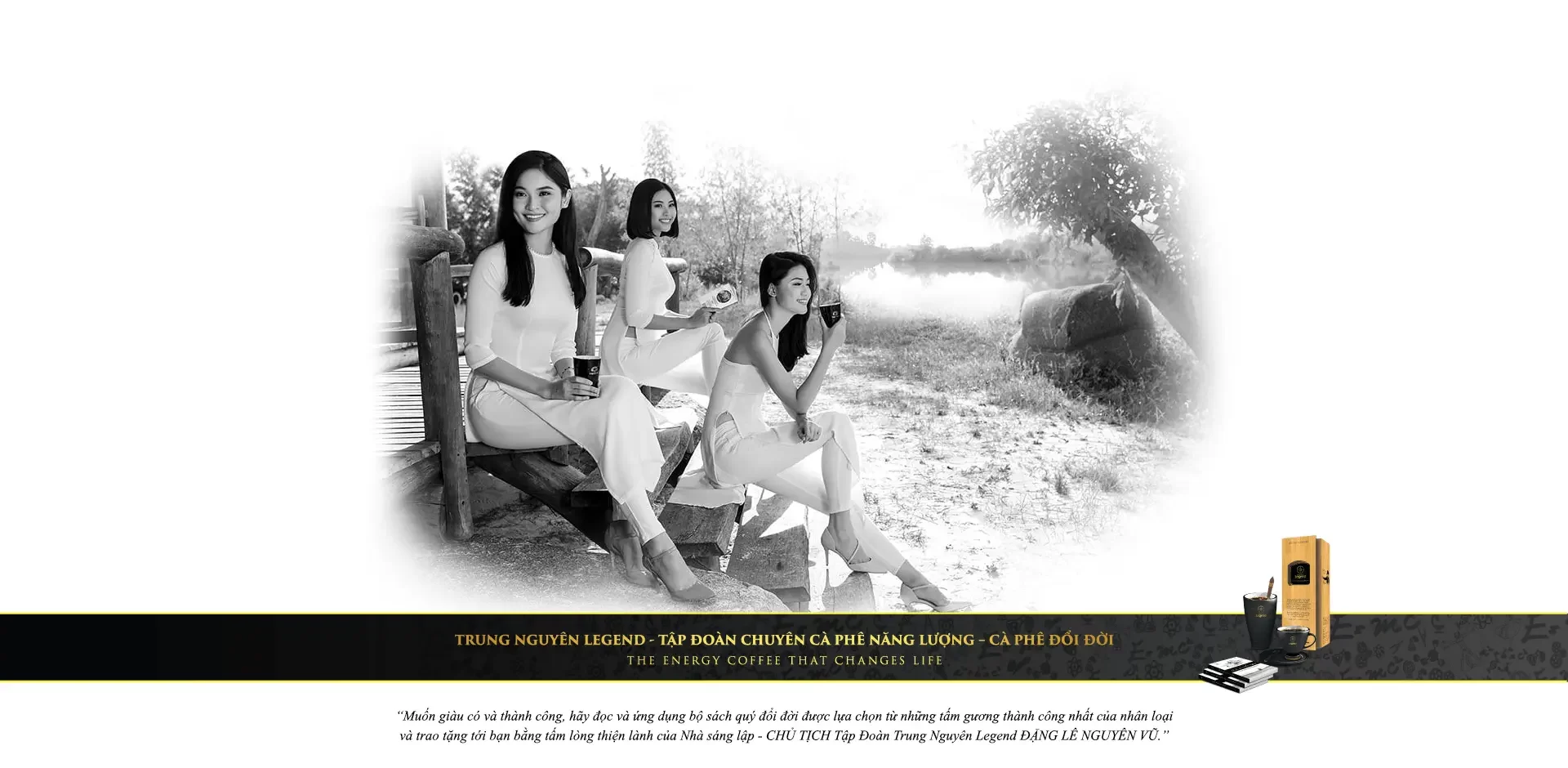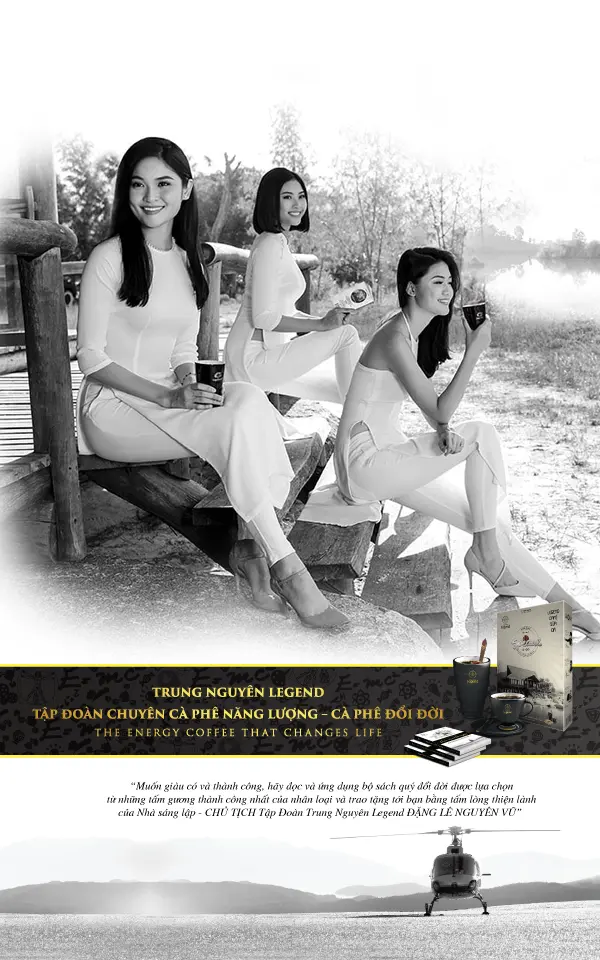Article 53: Vincent Van Gogh and historic cafes
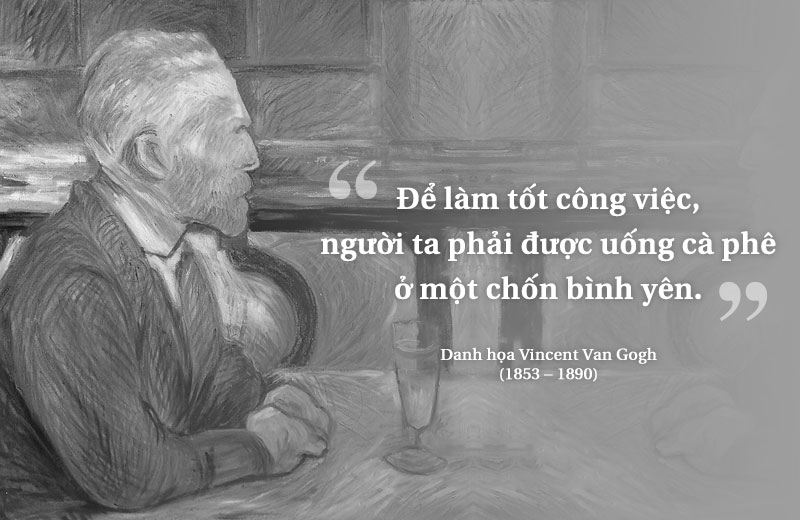
“To do good work, one must drink one’s coffee in peace.” Vincent Van Gogh (1853 – 1890)
The “painting cafe” in Paris (France) at the end of the 19th century was the famous cradle of Western European painting art, a dreamy place for many talents to create beautiful paintings that go down in history.
Creative and liberal pioneer “painting café”
The golden age of the “painting café” in Paris began from the middle of the 19th century to the first half of the 20th century. Montmartre was a pioneer in pursuing the thought of cultural liberation and artistic creativity, associated with the ideal of building a lifestyle different from the magnificent Paris. Because of this, the cafes on the winding slopes of Montmartre became a favorite meeting place for writers and artists who craved innovation. Many famous painters such as Vincent Van Gogh, Pablo Picasso, Toulouse Lautrec, Amedeo Modigliani, Camille Pissarro… organized their own exhibitions in many cafes. Gradually, cafes in Paris soon became an indispensable part of the artistic life of Western Europe. It was a catalyst, a creative theme, and at the same time the starting point of a series of new movements and art schools.
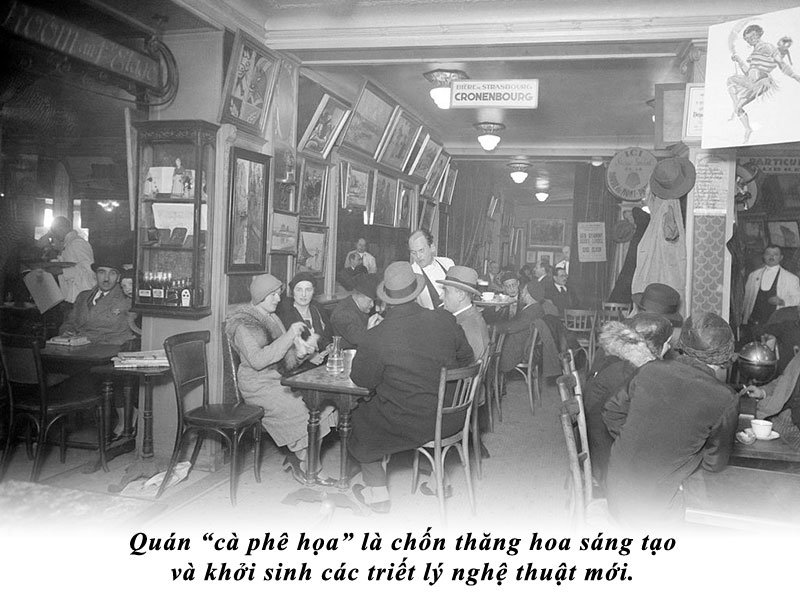
The “painting cafe” was a place to sublimate creativity and give birth to new artistic philosophies.
Independent painters, led by Édouard Manet and Claude Monet and Edgar Degas, often met at Guerbois Café every Friday. They shared ideas on how to innovate in the painting style, which gave rise to the transition from Realism to Impressionism. Also at Guerbois Café, the painters decided to hold their first collective exhibition in 1874, officially giving birth to Impressionism.
As Impressionism flourished, the discussion expanded to new coffee shops whose names were remembered by following generations, such as La Nouvelle Athens, Femme au café, Le Café du Rat-Mort, Le café Momus, etc. Coffee was also a background for artists to paint many beautiful pictures, laying the foundation for the beginning of modern art. For example the paintings “At Cafe Guerbois”, “At the Café” and “The Café-Concert” by Édouard Manet; “Dans un Café” and “Women on the Terrace of a Coffeehouse” by Edgar Degas; “Bohemes au café” by Jean-François Raffaelli; “Terrace of a Cafe on Montmartre” by Vincent Van Gogh…
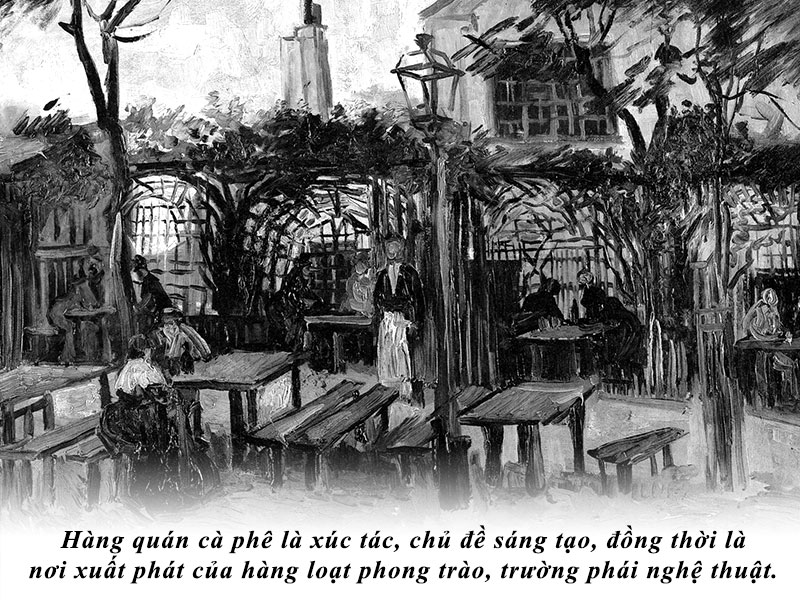
Coffee shops were catalysts, creative themes, and at the same time the starting point of a series of movements and art schools.
In 1889, the unorthodox world of artists held an exhibition of paintings at the Grand Café des Beaux Arts (also known as the Volpini Café) on the sidelines of the Exposition Universelle de Paris international exhibition. This was an important mark in the career of Impressionist painters, who had been rejected by the academic art world. Their bold creations and their own philosophy in the use of color were well received by the public.
Since this exhibition event, the debate on artistic creation continued to explode and many artists developed art styles in many different directions. Going beyond Impressionism, Georges Braque and Pablo Picasso gave birth to Cubism, Paul Gauguin and Georges Seurat went for Fauvism and Pointed style, Vincent Van Gogh brought art towards Expressionism, Charles Laval pursued the Pont-Aven school… deeply influencing the 20th century painting.
Vincent Van Gogh built his great career from a coffee shop
Vincent Van Gogh was honored as one of the painters with the greatest contribution to Post-Impressionist art. Vincent Van Gogh’s time in France was the most important period of his career. There, Vincent Van Gogh worked in the vibrant art community and produced his most famous works. In “painting cafes” he met like-minded friends, approached different painting philosophies, explored the creative dynamics of color variation to clarify his own emotions and viewpoints.
The first exhibition of Vincent Van Gogh’s paintings was held at the Café du Tambourin. This cafe was also reflected by him in the painting “Agostina Segatori Sitting in the Café du Tambourin” – a famous work, showing the break in color and influence of Japanese art. In 1888, Vincent Van Gogh mainly discussed painting styles with Paul Gauguin, Émile Bernard, Charles Laval at Café de la Gare. He also used the cafe as a personal gallery.
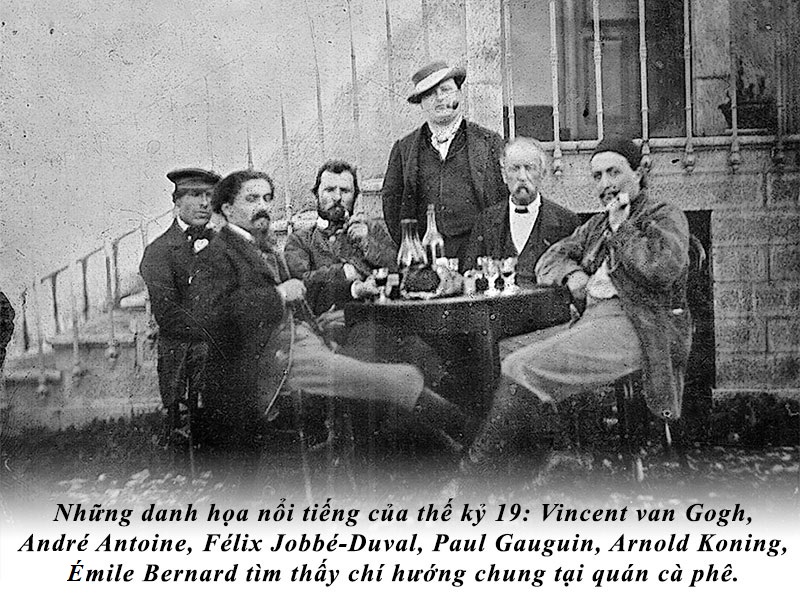
Famous painters of the 19th century: Vincent van Gogh, André Antoine, Felex Jobbé-Duval, Pau Gauguin, Arnold Koning, Émile Bernard found common ground at the cafe.
Vincent Van Gogh was extremely productive during this time and developed his signature expressive style, bold colors, and dynamic brushstrokes. Two famous paintings painted at the cafe: “Café Terrace at Night” and “The Night Café” mark the pinnacle development of the art of using contrasting colors to create visual effects. Despite the evening space, Vincent Van Gogh had paintings depicting the night without having to use black. In particular, “Café Terrace at Night” is also the first work that opens a series of his famous starry night sky paintings. Never before had the night scene been reproduced as vividly, delicately and expressively as in Van Gogh’s paintings.
Vincent Van Gogh was a self-taught painter. He used to be a missionary in Borinage (Belgium), struggling with the poor and sick. Experiencing a life of material and physical poverty, Van Gogh looked to painting as a salvation. He saw it as a step forward in his journey of serving the faith and loving others. Van Gogh was always obsessed with creative energy. For Van Gogh, creativity does not stop at thought, creativity must become action. Creativity can start with difficulties and challenges, but if you dare to desire and dare to commit, the path to the creative destination can be clear and obvious. In the end, creativity brings about a transcendence that even oneself could not have imagined. He himself proved that ideal when pursuing his passion for painting by self-taught, but in just over 10 years, he created about 2,100 works of lasting symbolic value.
Two of the most famous films about Van Gogh, being “Lust For Life” and “Van Gogh”, are still an inspirational story about creative desire to overcome all challenges to live fully, whole-heartedly devoted to life. Founder and Chairman of Trung Nguyen Legend Group Dang Le Nguyen Vu dedicatedly, carefully selected the two films of “Lust For Life” and “Van Gogh” into the Life-changing Foundational Film Library to inspire living meaningfully, overcoming all adversities and fates to have great aspirations for each individual, creating national strength.
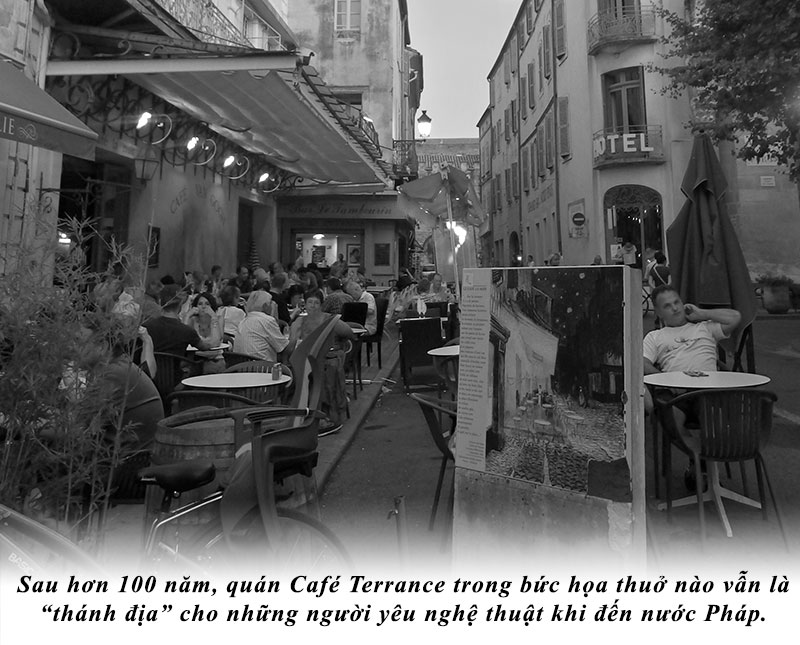
After more than 100 years, Café Terrace in the painting has always been a “mecca” for art lovers when coming to France.
The “painting café” has made an important contribution to the process of creating new painting philosophies. In that direction, the cafe has also played the role of evoking the artist’s own ambitions, thereby sublimating the creative energy and limitless ability in each person to reach great values, make extraordinary achievements as a driving force to promote the development of human civilization.
View more: https://bit.ly/caphetrietdao
THE REAL COFFEE
ROASTED ONLY FOR PEOPLE OF WISDOM!
Source: “The Philosophical Way of Coffee” – copyright by Trung Nguyen Legend

